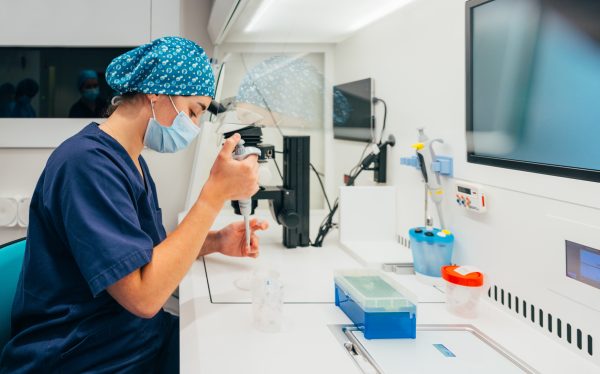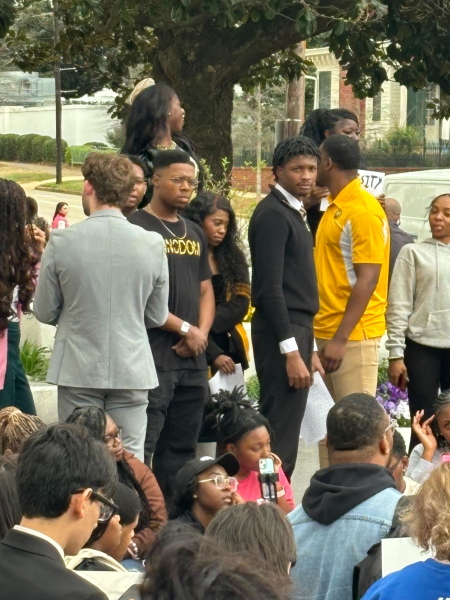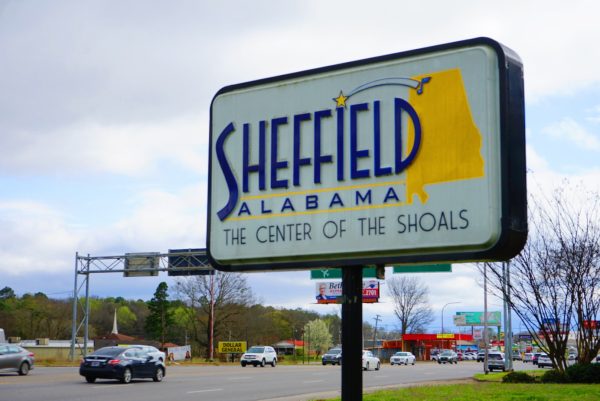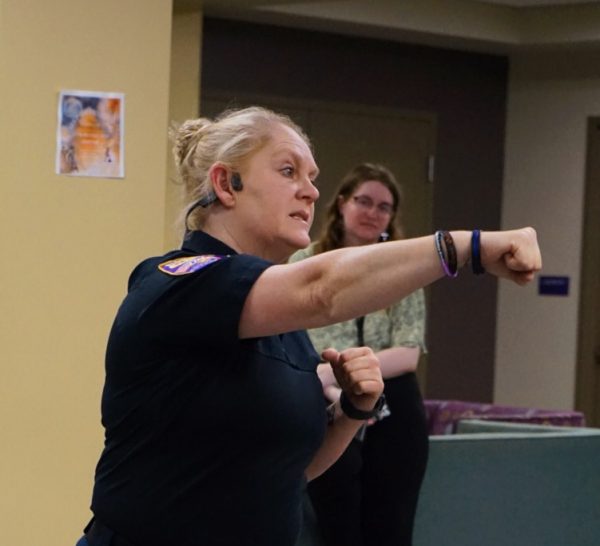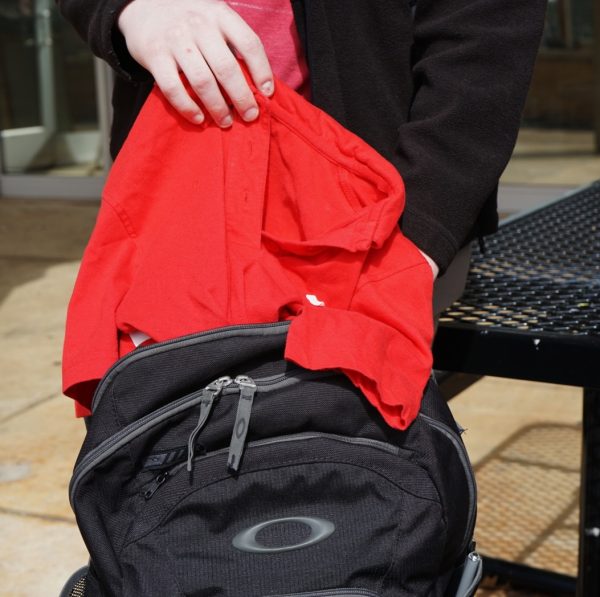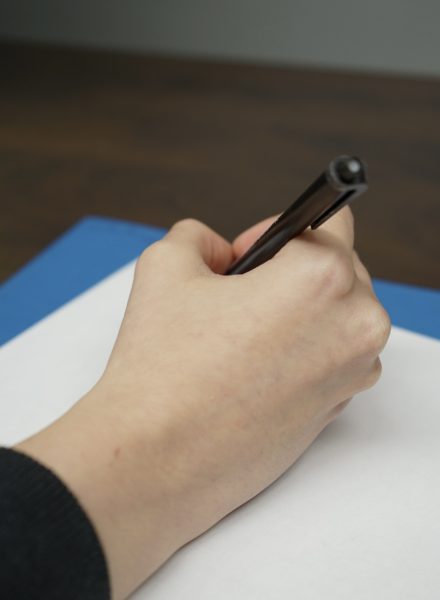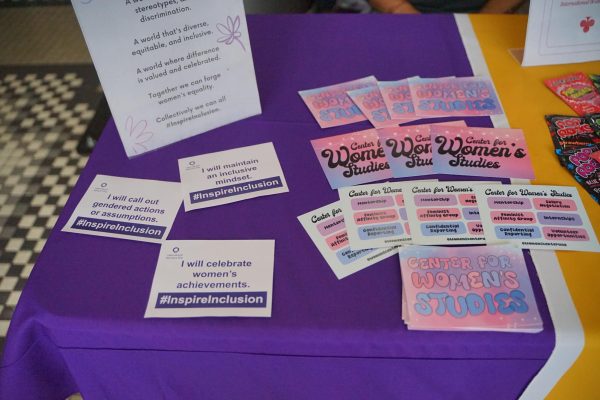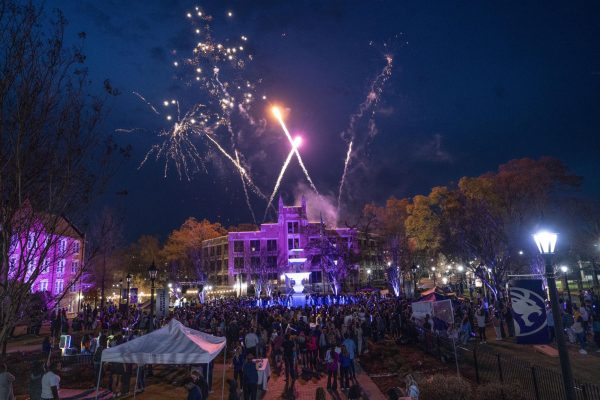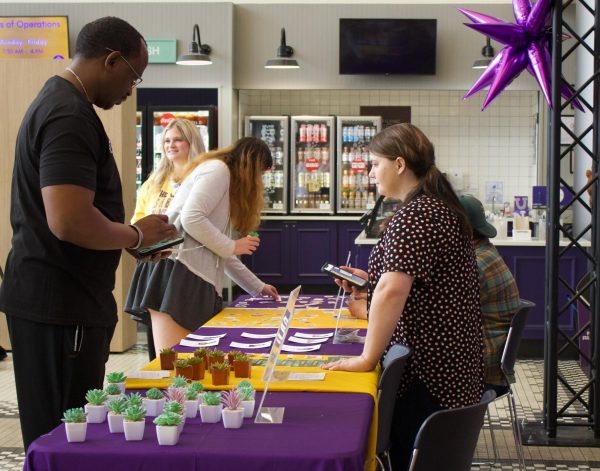UNA officials: Bibb Graves elevator construction postponed
February 5, 2015
Students walking to class may not pay attention to the width of doors or the long inclines between buildings, but those additions to campus were created for faculty and students with special needs.
Director of Disability Services Mary Bowers said one of the buildings that causes the most problems for students is Bibb Graves Hall.
“I was told there was an elevator going in (last) summer and it didn’t,” she said. “They did substantial work on it.”
Clinton Carter, vice president for Business and Financial Affairs, said a Bibb Graves elevator is still a priority. The project has been placed on hold, however, as bids were about 40 percent above the $350,000 budget approved by the board of trustees. Hopes are high it will be completed later this calendar year, he said.
Currently there is only a motorized chair in Bibb Graves, Bowers said.
Senior Michael Bramlett said he has not used the lift in recent years, but did have one unfortunate experience with it.
“In 2007 I got stuck on the lift for an hour or so while they had to get it fixed,” Bramlett said.
He said if Disability Services could not move a class, an elevator would be beneficial to students in chairs as well as teachers who have materials and maps already in a room.
Senior Janice Jackson said there are two sets of stairs on each side of the staircase, and although they may be an inconvenience, an elevator would be a hassle.
“I think it would cause a traffic jam because everyone’s going to wait for the elevator,” she said.
Bowers said the department works with the registrar and academic departments to settle accommodations for students with learning, psychiatric and physical disabilities.
“If, for instance, someone had a class on the third floor of Bibb Graves Hall, we, the registrar or the faculty member might move the class so they could get there,” she said.
Bowers said the department focuses on classroom accessibility for students with disabilities.
“We’re here for the students,” Bowers said. “That doesn’t mean all students need that kind of accessibility.”
Bramlett said Disability Support Services works with students to get the best schedule and to get classes moved to another building if needed.
“They’ve done that with me a few times,” he said.
Bowers said the easiest, least confusing time to request a classroom move is before classes start.
She said there are a number of things in place now to aid in accessibility: curb cuts, slopes, wider push doors and adjustable tables for classrooms are just a few.
“I would say the campus is working and moving in a good direction,” she said.
Bramlett agreed the campus has made progress in the years he’s been a student.
“UNA’s really made the campus successful,” he said. “They’ve done a lot to make it where people can maneuver around a lot easier than from five or six years ago.”
A master plan produced in 2010 which details a vision for UNA is available on the Facilities Administration and Planning website, said director Michael Gautney. According to the document, the plan “provides a long-term, campuswide vision for the maintenance, improvement and continued development of the UNA campus.”
The plan also states, “Sidewalks, multiuse paths, parking areas, recreational facilities, and building entrances shall be designed to assure accessibility for students, faculty, employees and visitors with disabilities in accordance with the Americans with Disabilities Act.”
Bowers said changes in the GUC and Norton Auditorium and the addition of the Commons and Science building are compliant with the ADA.
“Since I’ve been here Raburn Hall has come in,” she said. “That adds an elevator in Keller. You go in the new wing, and they have ramps that are accessible.”
Disability Services offices moved to the GUC so wider doors and halls could be utilized, she said.
“We’ve worked on trying to have doors that don’t have more than 5 pounds of pressure to push,” she said.
Bramlett said the sidewalk from Powers Hall to the Communications building is his biggest obstacle. He also voiced concerns for students whose injuries might be more severe than his.
“They might have a more difficult time getting from one building to another because of some of the inclines,” he said.
All new buildings should be compliant, Bowers said, but that does not always make them the best.
“Have two elevators that work well instead of just one,” she said. “Even better than push buttons are the doors that just open. They help everybody.”
A universal design would benefit everyone, Bowers said.
“What’s a disadvantage?” she said. “Cost maybe? Ask yourself one question: who could get in that door and who couldn’t?”
Freshman Spencer Hanskiewicz said an elevator would be beneficial.
“I’ve had class move to a different building because there was no elevator in Bibb Graves. I think it would update the building, not take away from its historical value.”
Junior Tavarius Wheat said a wheelchair accessible lift is available, and classes can be moved instead of adding an elevator.
“It’s going to take money away from other things that need to be done,” he said.


